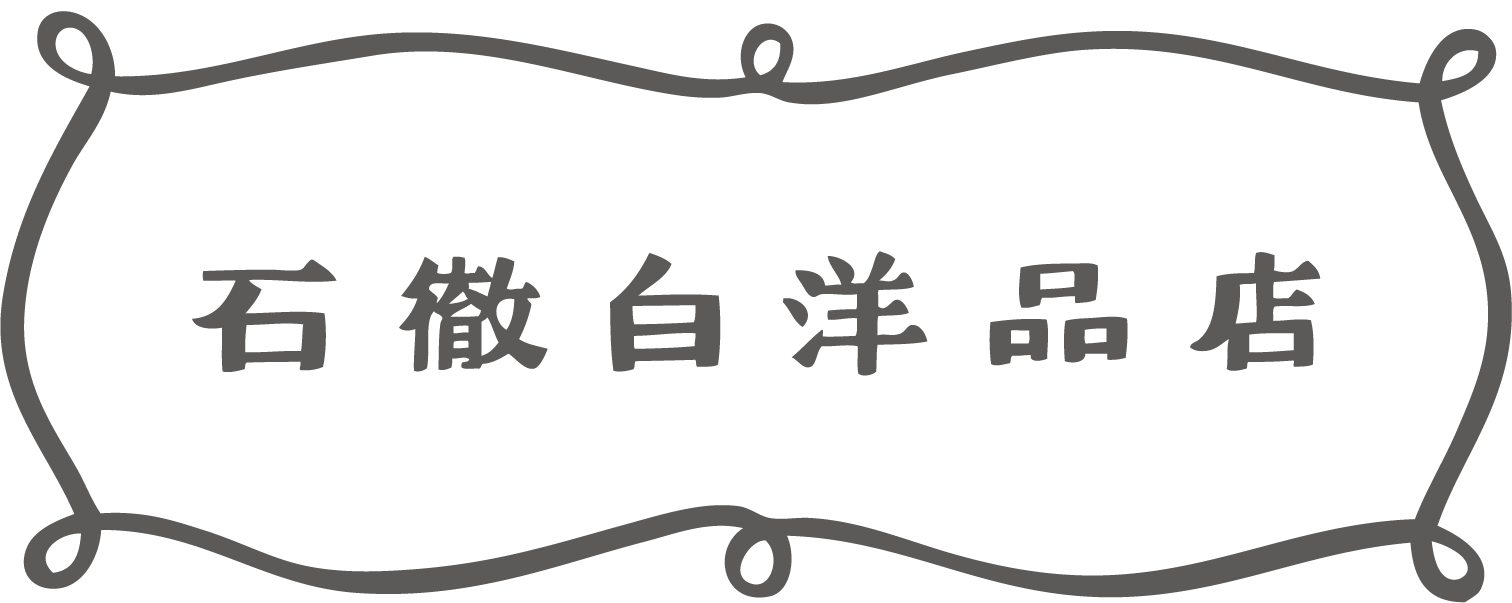Learning wisdom, techniques and "spirit" from our ancestors
There was wisdom and technology for folk clothing in various parts of Japan.
An efficient method of cutting in straight lines to eliminate waste and allow for easy movement.
Behind this lies the "spirit" of living in harmony with nature.
We are learning the wisdom, skills and spirit that were being lost.

- Ms. Saeko Ishitoshiro (born in 1933), who taught me how to make tatsuke
We live in a village called Itoshiro, located on the border between Gifu and Fukui prefectures, and we make clothes based on the traditional clothing styles that have been passed down in the area.
In May 2012, I learned how to make "tatsuke" from some grandmothers in their 80s who were born and raised in Itoshiro.

Although she told us that the last time she made a tatsuke was almost 50 years ago, she still remembered how to cut the fabric and even the measurements. Moreover, because it was made using the "Japanese dressmaking" technique, all the cutting was done in straight lines and no fabric was wasted.
When I tried on the finished product, I was surprised by how comfortable it was and how easy it was to move in. And by freeing my body, I felt like my mind was freed as well.
Our ancestors, who lived with the limited bounty of nature, used the precious cloth they produced by hand in an efficient and careful way. I feel that the "heart" of people who respected the natural environment and lived physically is reflected in their products.

We continue to create things every day, learning about the folk clothing that has been passed down in Itoshiro, adding a touch of modern creativity, and hoping to pass it on to the next generation.
Folk costumes we learned about

In Itoshiro, five straight-cut and straight-stitched clothes, top and bottom, have been handed down. These folk clothes are made with straight-cut and straight-stitched stitches, and every effort has been made to make them easy to move in. By cutting in straight lines, no fabric is wasted, which means the environmental impact is minimized. This is truly the "culmination" of Japanese dressmaking that the Japanese people have cultivated.
At Itoshiro Clothing Store, we revive the wisdom and techniques that have been accumulated over our long history and offer suggestions for incorporating them into your daily life.
Tatsuke Hakamakarusan
Echizen shirt
Tatsuke

 "Tatsuke" are trousers made in Itoshiro for everyone to wear while working in the fields. They are loose around the hips, but have narrow legs, making them easy to move in and perfect for any type of work.
"Tatsuke" are trousers made in Itoshiro for everyone to wear while working in the fields. They are loose around the hips, but have narrow legs, making them easy to move in and perfect for any type of work.
These pants are made from precious fabric that is hand-spun and hand-woven from field-grown hemp, and through trial and error, we have created pants that are easy to move in using a small amount of fabric, all cut and sewn in straight lines.
Hakama


"Hakama" are loose-fitting wide pants. They are made with generous amounts of fabric so that they can be worn by people of various body types. They can be worn for going out or as relaxing wear. In the past, they were worn over a kimono by pulling up the kimono as a raincoat. They are all made of square parts.
Karusan

 "Karusan" is a shape somewhere between a tatsuke and a hakama. We borrowed and reproduced the precious pants of Matsu-san, a grandmother of Itoshiro. It is thought that the elderly who find it difficult to move in tatsuke because they are thin and people with distinctive body shapes made these pants with many modifications and used them as everyday clothing. These pants combine the ease of movement of a tatsuke with the looseness of a hakama.
"Karusan" is a shape somewhere between a tatsuke and a hakama. We borrowed and reproduced the precious pants of Matsu-san, a grandmother of Itoshiro. It is thought that the elderly who find it difficult to move in tatsuke because they are thin and people with distinctive body shapes made these pants with many modifications and used them as everyday clothing. These pants combine the ease of movement of a tatsuke with the looseness of a hakama.
Echizen shirt

 The Echizen shirt is characterized by the fact that only one side is open due to the ease of cutting the fabric. Also, since it is an extension of Japanese clothing, it has a triangular gusset on the side. While keeping the design of the Echizen shirt intact, it has been finished in a Japanese-Western hybrid design to make it easy to match with tatami mats and modern clothing.
The Echizen shirt is characterized by the fact that only one side is open due to the ease of cutting the fabric. Also, since it is an extension of Japanese clothing, it has a triangular gusset on the side. While keeping the design of the Echizen shirt intact, it has been finished in a Japanese-Western hybrid design to make it easy to match with tatami mats and modern clothing.
Crisply


"Sakkuri" is a fabric made from a mixture of hemp lint and ramie fibers, woven with thick hand-spun thread. We use this fabric as the basis for our clothes, which we call "Sakkuri." The photo shows a jacket with twisted sleeves that was woven by an old lady herself, and finished with indigo dyeing. It is used for shirts and dresses, and is all made by sewing together straight-cut pieces of cloth.
